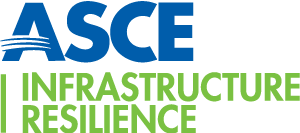
Infrastructure Resilience Committees
Learn about ASCE's Infrastructure Resilience Division Committees, their purpose, members, and how to join.
Executive Committee
Technical Committees
Technical committee membership carries with it an obligation to participate actively in committee work through contribution of technical information, prompt reply for comments on draft reports and ballots, and attendance at committee meetings.

